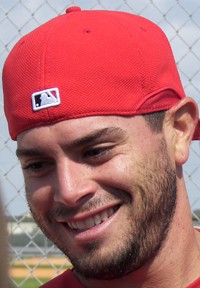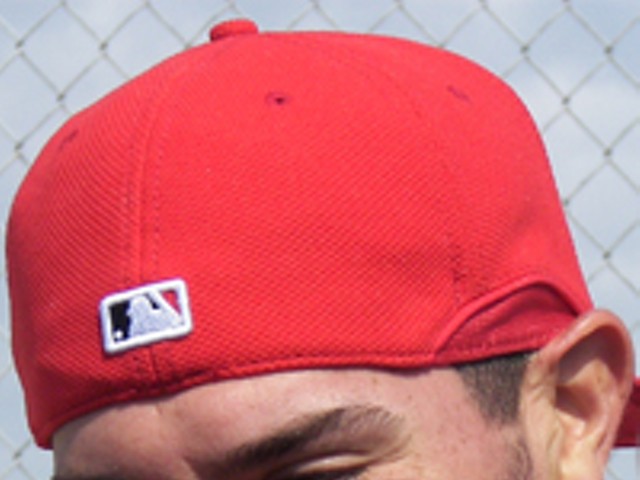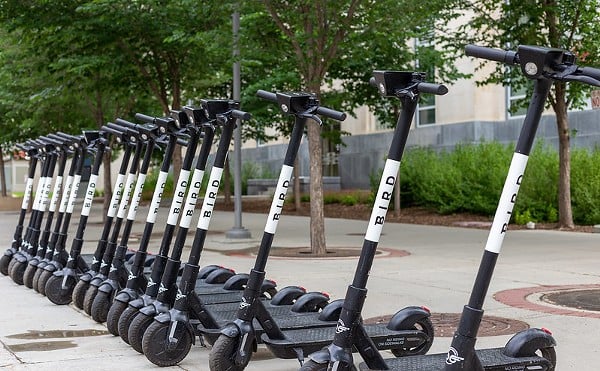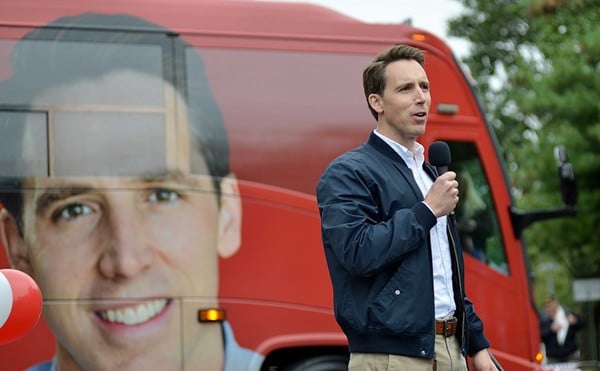Joel Pineiro made his 2008 season debut on Sunday afternoon, and it did not go very well. He exited the game before the end of the fourth inning, having given up six earned runs (although three of those could have easily been unearned, as third baseman Rico Washington misplayed a line drive into a double that kept the inning alive) while striking out zero batters.
The strikeouts, or lack thereof, are particularly revealing to me. What I saw yesterday was a pitcher who did a nice job of locating his fastball, and had plenty of zip on the pitch, but who also struggled mightily with his complementary pitches. His off-speed stuff, on the whole, wasn't all that sharp, and he had a very tough time putting away hitters.
That same inability to finish off the batter was a large part of what caught up with Joel in the fourth. Of course, one can't be entirely sure, but I think a sharp, at-his-best Joel Pineiro wriggles out of that inning, even after the bad play by Washington, with minimal damage. With the Pineiro we saw yesterday, the inning continued until the game was out of reach.
Worse, Pineiro's start could easily have been taken by the pitcher who relieved him, Brad Thompson. And if you hold Thompson's last start against him, you always have Anthony Reyes, who, as we all know, has a bit of starting experience on his résumé. And what's the harm in keeping Kelvin Jimenez -- sent down to AAA to make room for Pineiro on the roster -- with the big club for a couple more days and letting him soak up some innings?
The point is, there were better options to fill this spot than rushing back Pineiro after only one rehab start.
Was it just a miscalculation by Cardinals brass? I'd like to believe so, but there seems to be too much of a pattern here for me to ignore. This team has a history of rushing players, particularly pitchers, back from injuries far too quickly, or without the problem actually being fixed. Granted, this wasn't of the same magnitude as running Mark Mulder back out on the field in September of 2006 with a shoulder that was barely connected to his body, but the concept remains the same.
Scott Rolen, following a horrific shoulder injury early in 2005, was told to rest his bloody stump, then brought back two months later with no surgery having been done. He predictably struggled on his return, having absolutely no power in his swing and, literally, screaming in pain many times as he swung the bat. We all know how that ended, of course; Rolen had massive reconstruction on his shoulder, had a nice 2006, and then began to break down again as 2007 rolled in. Was the extra, aborted attempt to play through the injury a contributing factor to his further deterioration? Rolen certainly thought so; many of his conflicts with Tony La Russa and the organization as a whole stemmed from his belief that he put his career in jeopardy to come back in the middle of that season.
Last year Chris Carpenter went down on Opening Day with elbow problems. The team told him to rest it, then it was bone spurs, then it was Tommy John surgery. At least he didn't try to pitch through it, but there was still four months of waiting for him to come back, thinking that rest would fix the issue.
The team's most treasured resource, Albert Pujols, has actually been on the receiving end of this sort of treatment not once, but twice. In 2006, following a ridiculously good April, Albert strained an oblique muscle attempting to chase down a pop foul. He was predicted to be out three to four weeks; he came back in seventeen days. Luckily he didn't have any further problems, but one has to wonder if that's the best way to handle the future of the franchise.
The more serious problem with Pujols popped up back in 2003. Albert went down early in the season with a strained elbow ligament. The team was struggling and needed all the help it could get. In order to keep Albert on the field, La Russa came up with his now-infamous plan to allow his star Albert to play without having to throw the ball. At the time, there were lots of questions -- again, over whether it was a wise way to treat such an important part of the team's future. It seemed to work at the time, as Albert played left field and continued to hit, and his elbow didn't blow out.
Fast-forward to spring training of 2008. Albert Pujols' elbow is a very big story. He will eventually require surgery to repair it; it's only a matter of time. And what happens when he does go down? How well will the team perform without the best hitter in the game in the lineup? I think that question pretty much answers itself.
And we all saw what happened with Mulder. The man, we know now, pitched with a shoulder that steadily disintegrated over the first year and a half with the Cardinals. Again, he was told to rest the joint, then came back in September of 2006 and had no chance against major league hitters, getting mercilessly pounded in the three starts he made. We're still waiting for Mulder to become fully healthy, and regardless of whether he ever does, his career certainly no longer resembles the pitcher the Cardinals thought they were trading for following the 2004 season (nor the pitcher they traded away to get him, Danny Haren).
Again, I don't think that bringing Joel Pineiro back a little too soon is nearly on the scale of these other instances. But Pineiro's situation reflects a systemic problem, a trend of being unable to realistically look at and properly assess player injuries with anything more than the next day's game in mind.
When an organization seems to have so many problems protecting its most important resources, it's fair to question whether those in charge are really doing what's best for the team or creating bigger problems in the long run by botching the small problems they have now.






